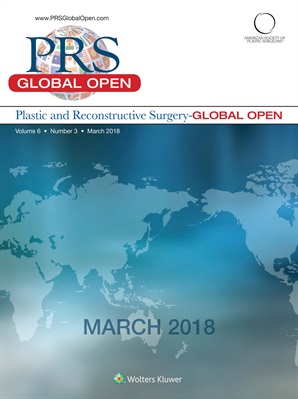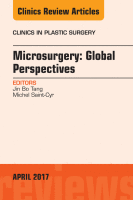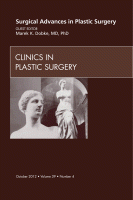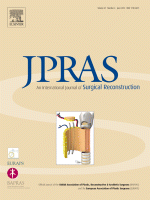Teotia, S. S; Cho, M. J; Haddock, N.
Plastic and Reconstructive Surgery – Global Open: September 2018 – Volume 6 – Issue 9 – p e1837
 Over the years, the choice of recipient vessels for free flap autologous breast reconstruction has shifted from the thoracodorsal to the internal mammary vessels due to ease of flap inset and predictability of anatomy. However, thoracodorsal vessels are still great recipient vessels, and can be useful, especially in the previously failed or staged autologous breast reconstruction. In this study, we present our experience using thoracodorsal or serratus vessels for profunda artery perforator flaps.
Over the years, the choice of recipient vessels for free flap autologous breast reconstruction has shifted from the thoracodorsal to the internal mammary vessels due to ease of flap inset and predictability of anatomy. However, thoracodorsal vessels are still great recipient vessels, and can be useful, especially in the previously failed or staged autologous breast reconstruction. In this study, we present our experience using thoracodorsal or serratus vessels for profunda artery perforator flaps.

 Invasive and noninvasive plastic surgical procedures have undergone exponential growth over the last 30 years, due in part to an expansion of extensive basic and clinical research. The purpose of this article is to examine how plastic surgeons learn to use novel technology in their practices. In addition, a critical evaluation of current teaching methods as they relate to surgeon competence in these new technologies is discussed. Mention of specific technologies is done for demonstrative purposes to illustrate how practitioners of plastic surgery gain competence in their safe and effective use.
Invasive and noninvasive plastic surgical procedures have undergone exponential growth over the last 30 years, due in part to an expansion of extensive basic and clinical research. The purpose of this article is to examine how plastic surgeons learn to use novel technology in their practices. In addition, a critical evaluation of current teaching methods as they relate to surgeon competence in these new technologies is discussed. Mention of specific technologies is done for demonstrative purposes to illustrate how practitioners of plastic surgery gain competence in their safe and effective use. Anastomotic microvascular device has gained popularity in reconstructive microsurgery over the last two decades. A systematic literature search has been carried out in the use of the venous coupler device in microsurgery to assess its impact on patency rate in microsurgery.
Anastomotic microvascular device has gained popularity in reconstructive microsurgery over the last two decades. A systematic literature search has been carried out in the use of the venous coupler device in microsurgery to assess its impact on patency rate in microsurgery.




 Sitio web publicado el
Sitio web publicado el
Los lectores comentan